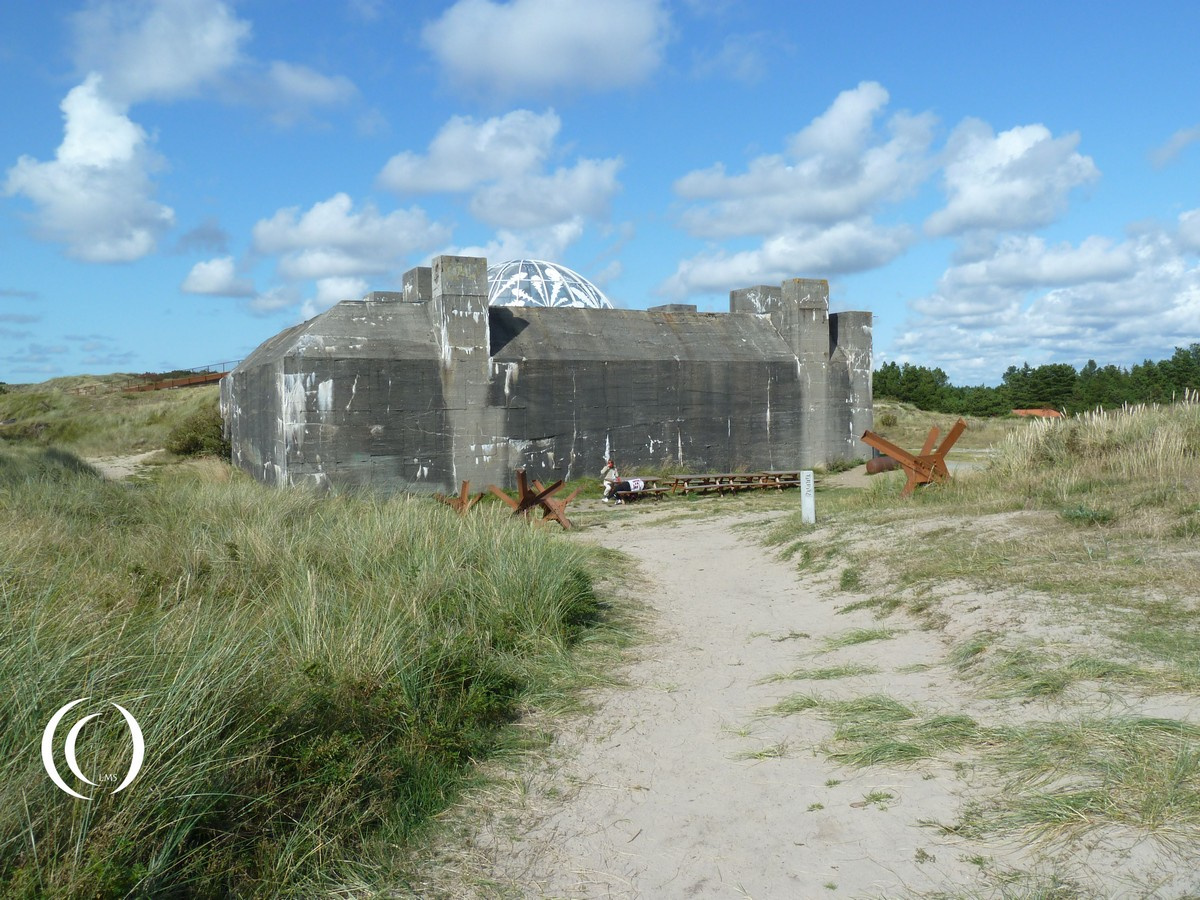
History
In the Blåvand area the German Kriegsmarine was building huge gun turret bunkers, construction of this coastal battery started in 1944. The bunkers were built as a defensive position of the Danish city of Esbjerg and its harbor. Together with a coastal defense line and anti-air positions on the Fano peninsula and multiple strongpoints around the city this bunker would protect the city, the harbor and airfield in this area.
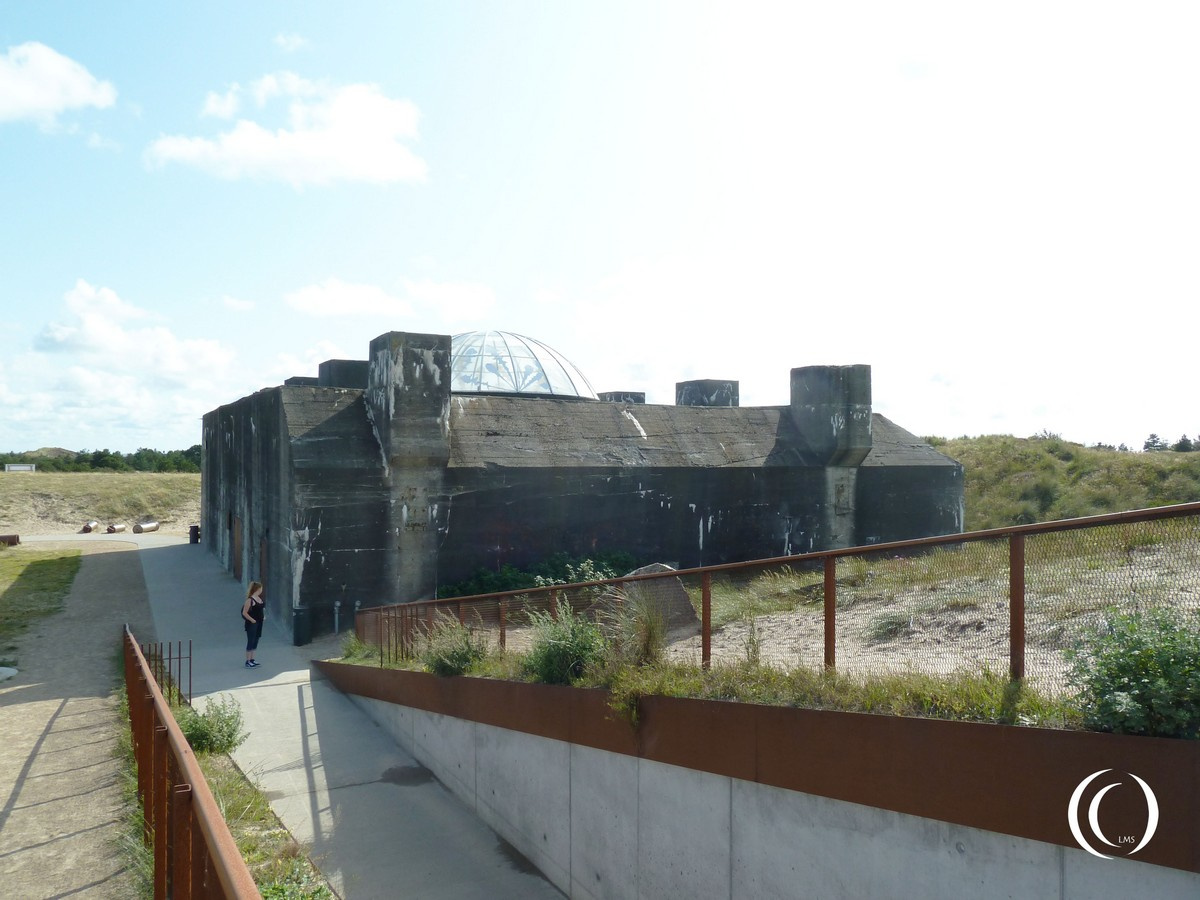
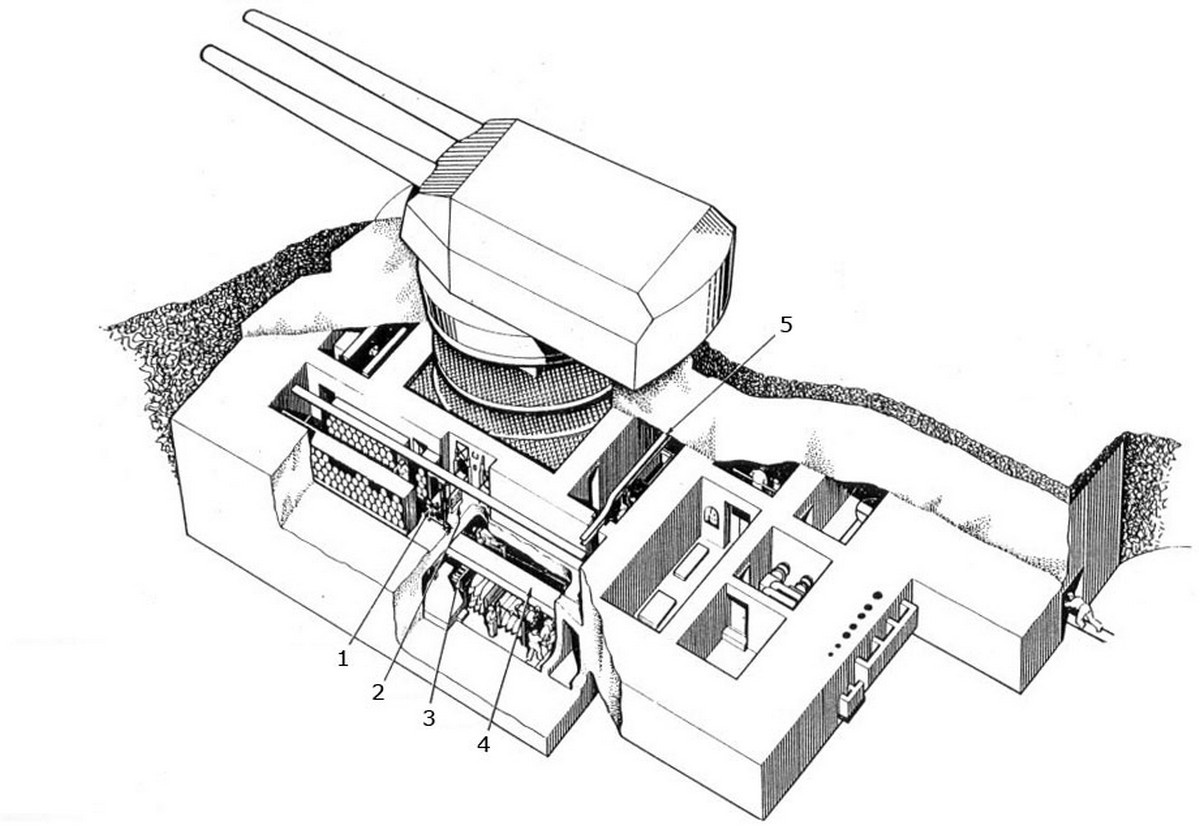
1. Cartridge transporting equipment
2. Fixed loading table
3. Roller path for projectiles
4. Overhead trolley grab
5. Overhead trolley grab
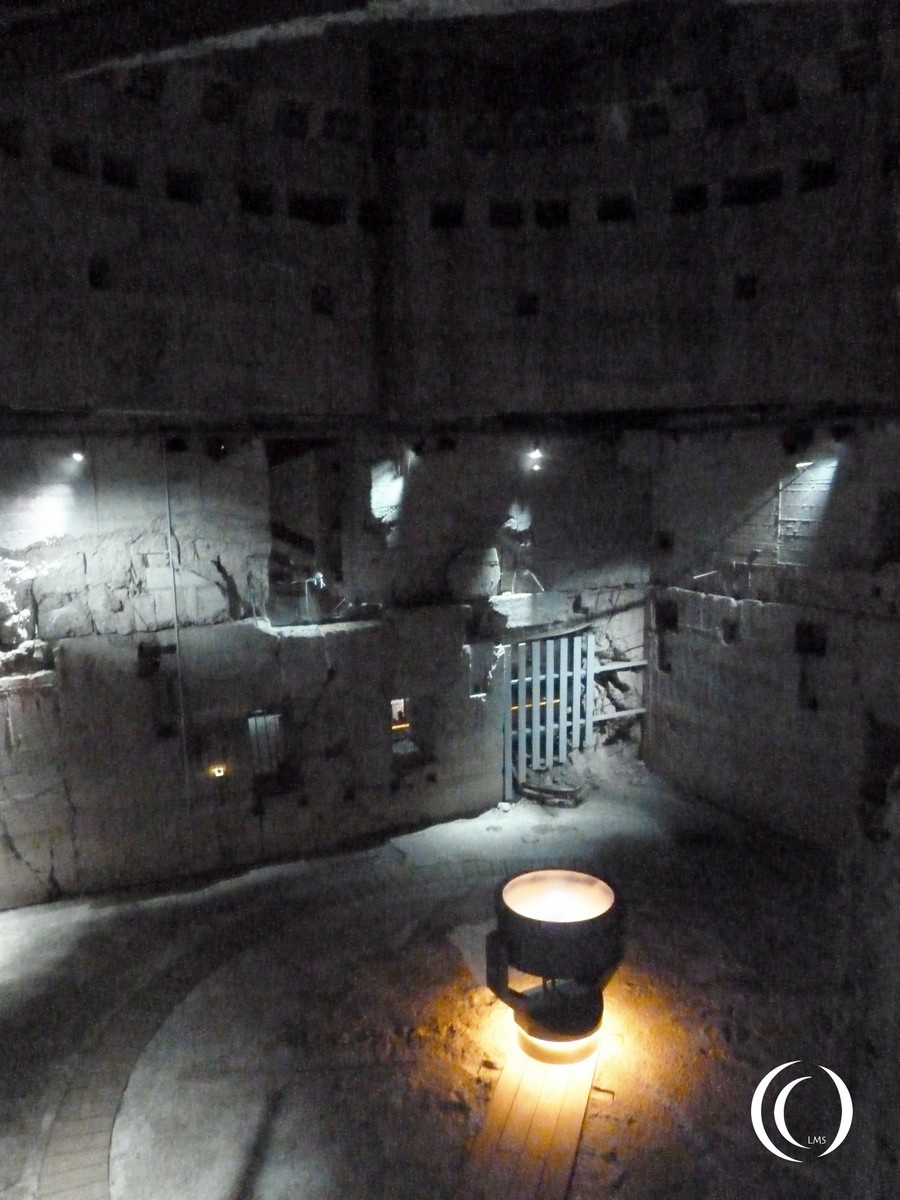
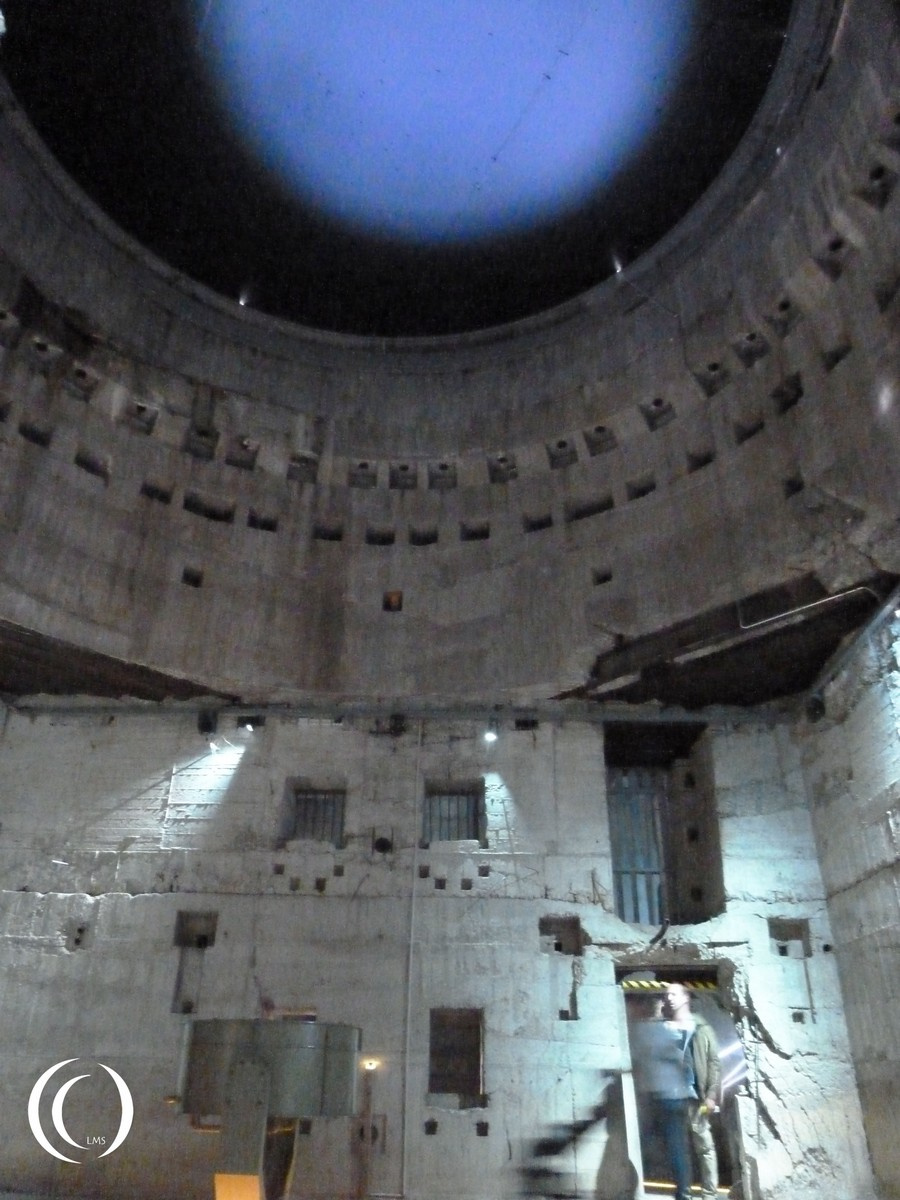
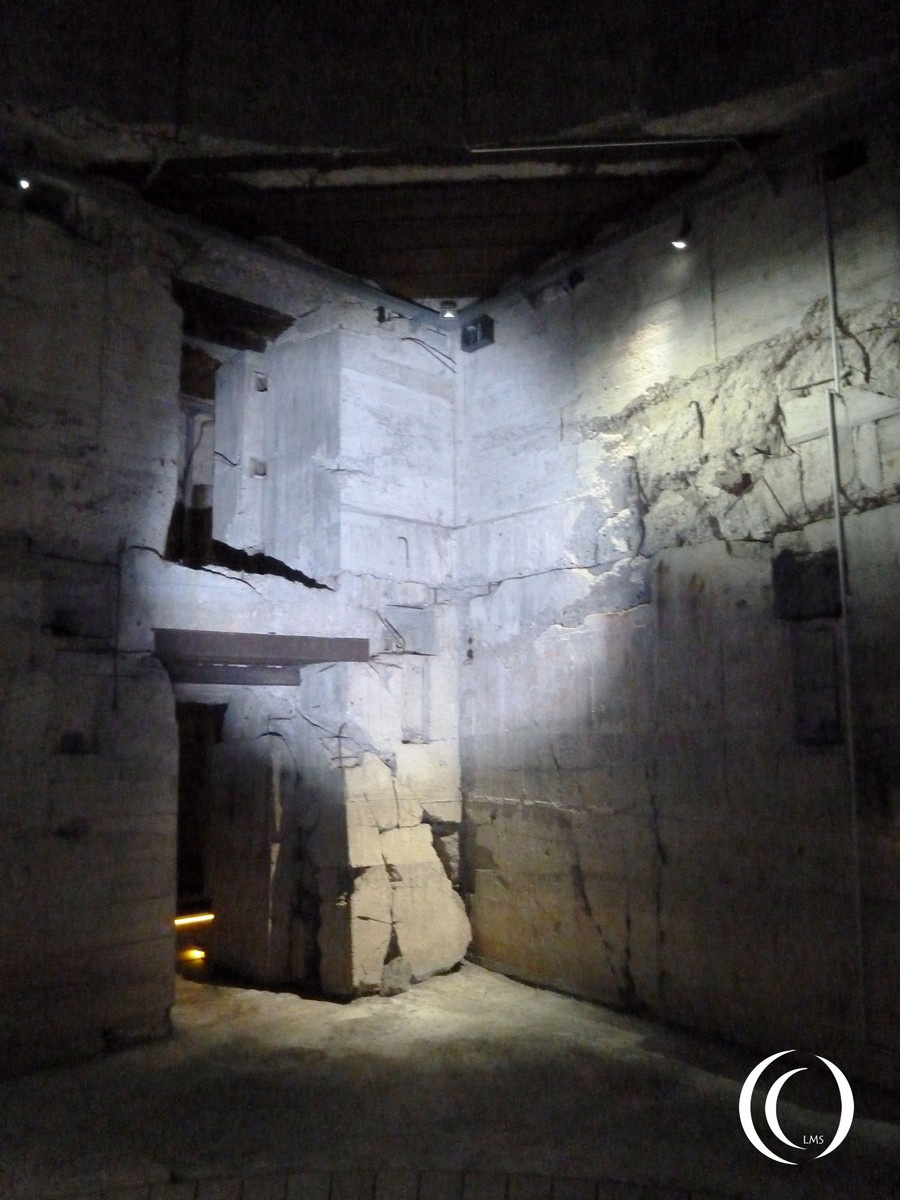
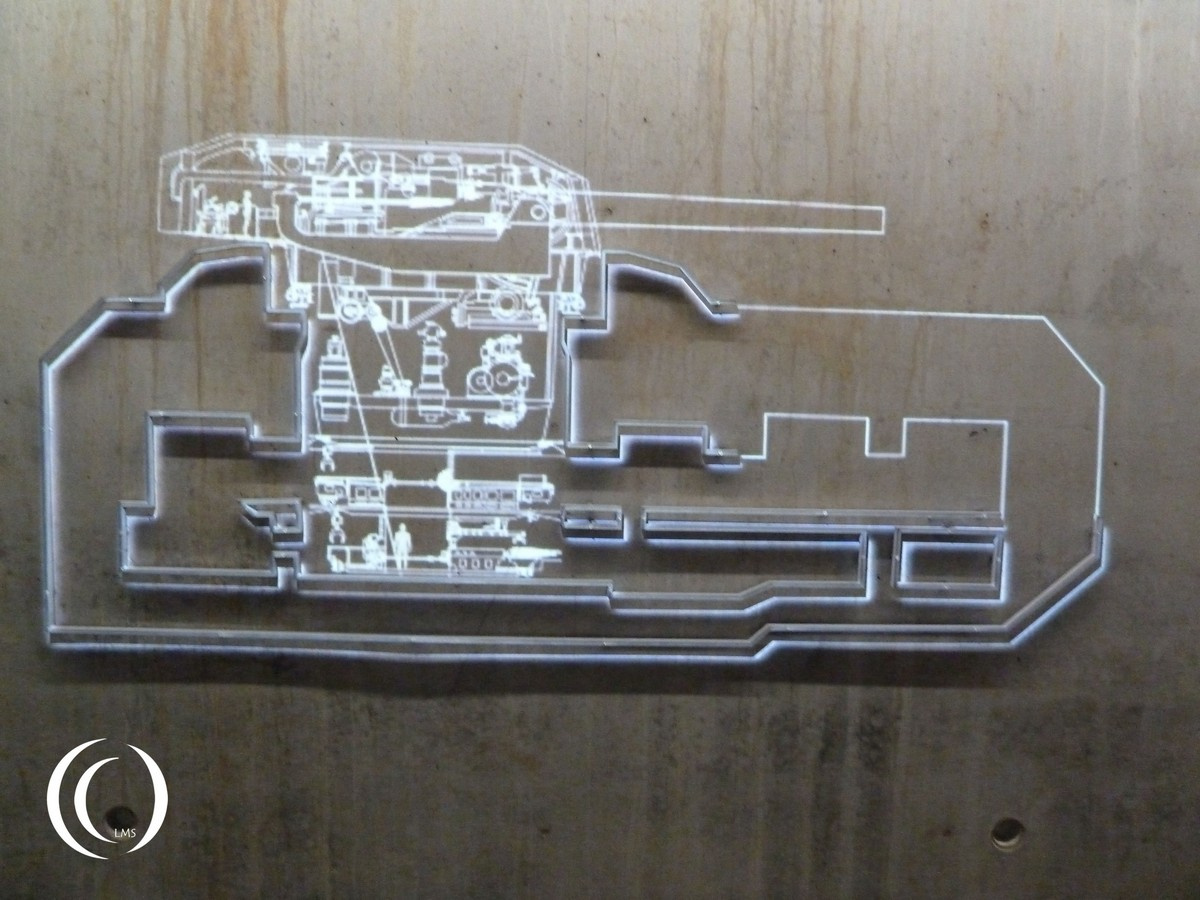
38 cm SK C/34 Naval guns
Two bunkers were constructed to hold huge 38 cm naval guns. These 38 cm SK C/34 Naval guns had two barrels each in one turret, both barrels a length of almost 20 meters. These guns were used in the Bismarck Class ships (Bismarck and Tirpitz) and could reach an effective range of 36.5 km. Due to the mechanical systems inside the turret and bunker they could fire a shell each 2.5 minutes. The turrets had a frontal armor of 36 cm.
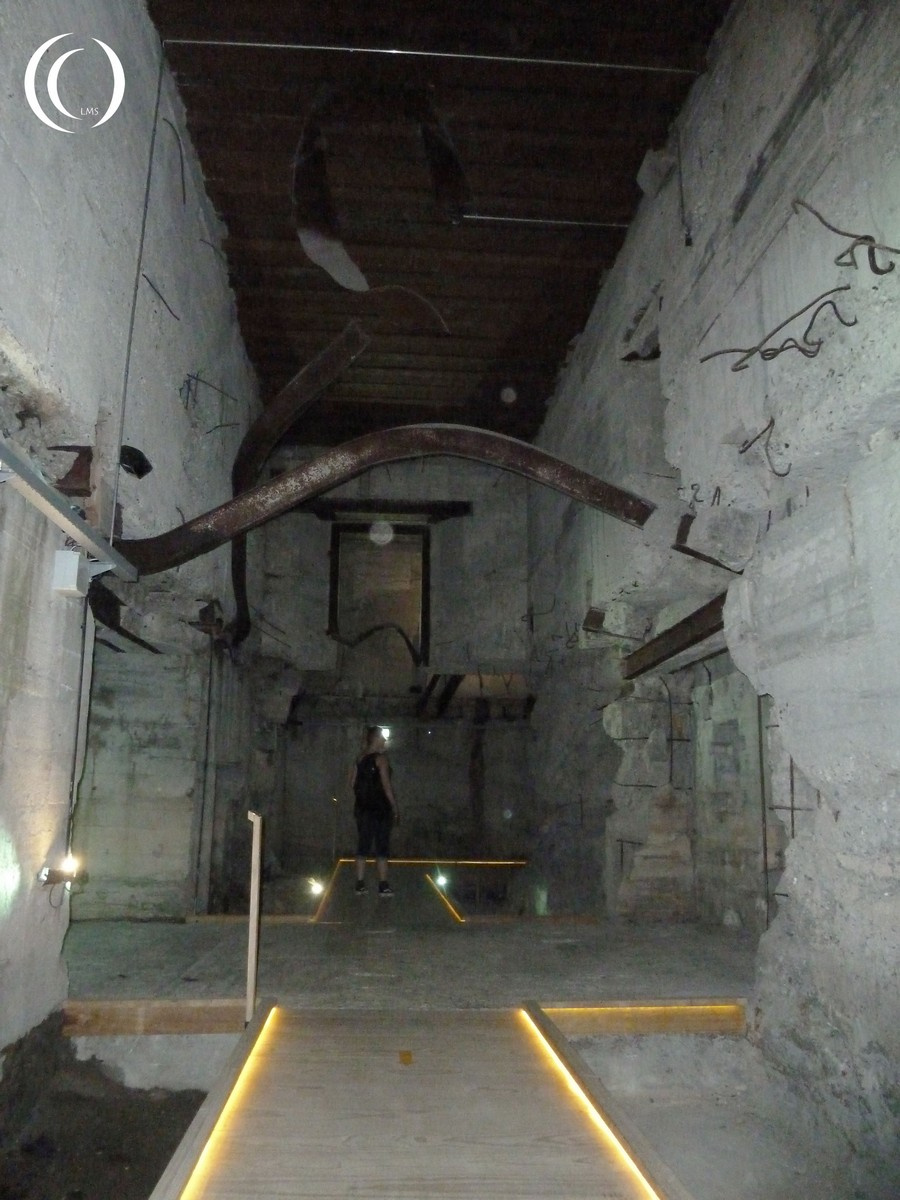
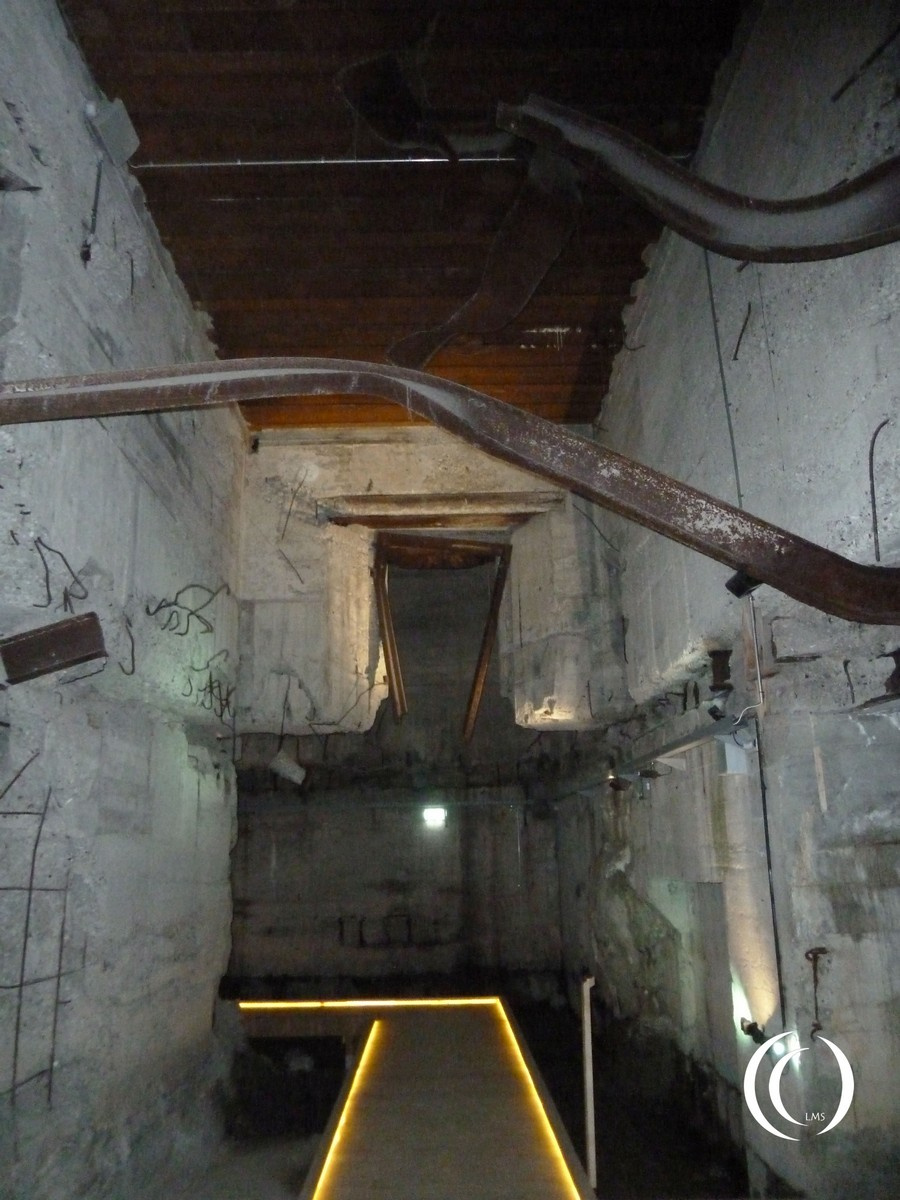
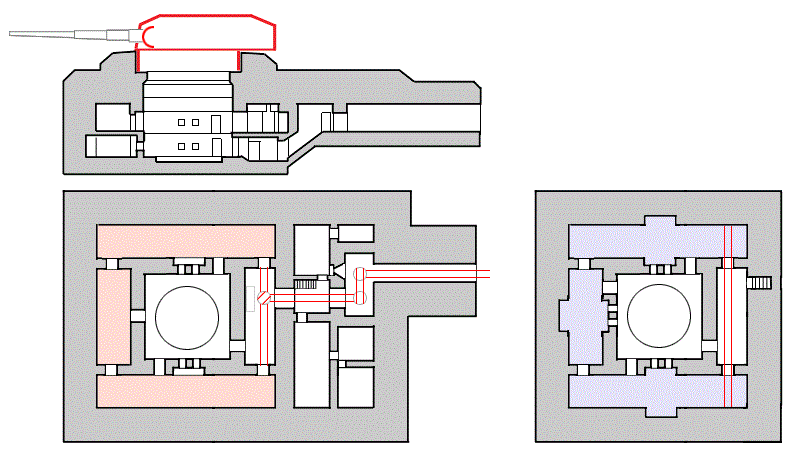
The Vogelnest Battery
The German designation for the two main bunker types was: “S 561 Geschützstand für 38 cm SK C/34 in Zwillingspanzerdrehturm”. The bunkers are regelbau types S 561, a multiple layered bunker designed to hold the gun, storages and equipment. The battery was officially named M.S.B. 4./518 Vogelnest by the German Kriegsmarine. M.S.B. is short for Marine Seeziel Batterie or Marine Sea Target Battery. The switch from M.K.B., the Marine Küstenbatterie or Coastal battery to, M.S.B. came in 1944.
The S 561 Regelbau bunkers were never completely finished. The German surrender stopped their construction, therefore they were never used and neither were outfitted with the 38 cm Naval guns.
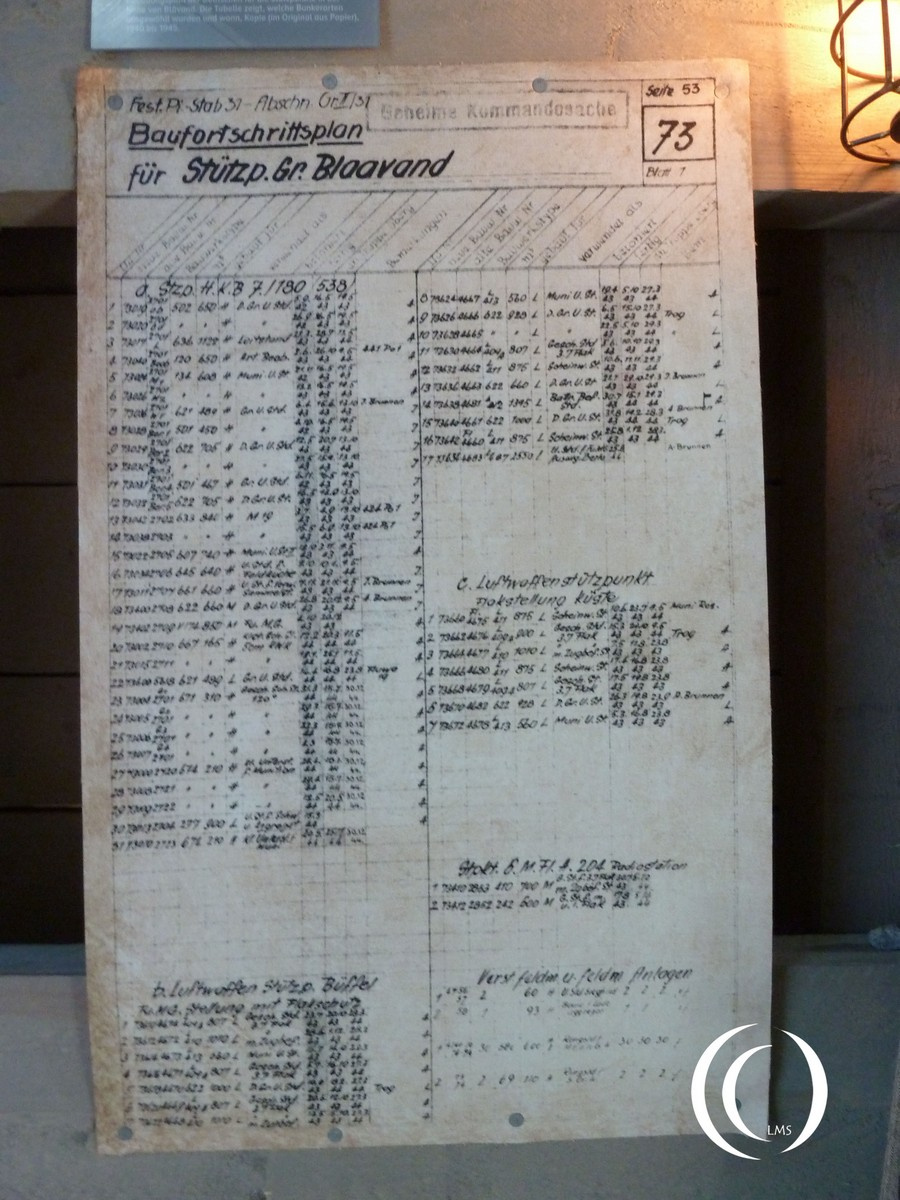
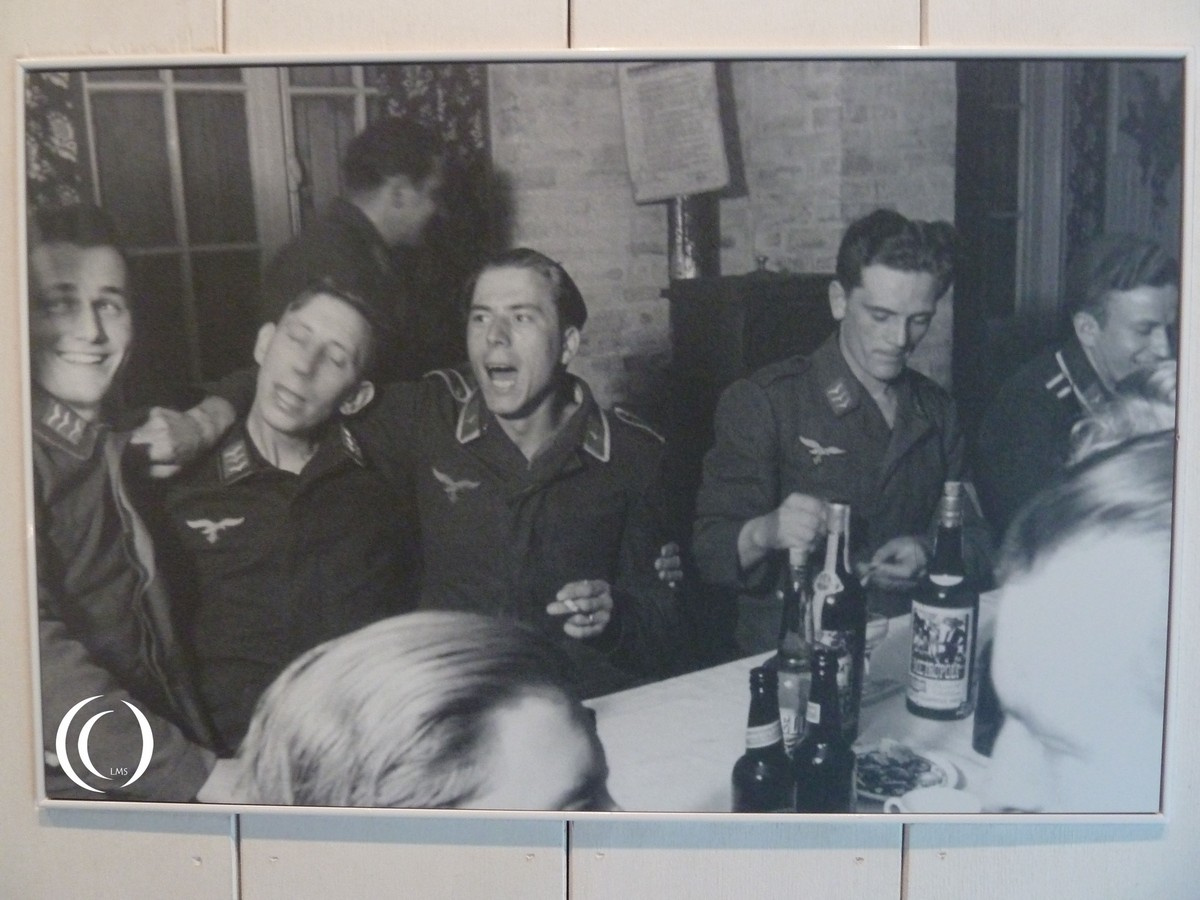
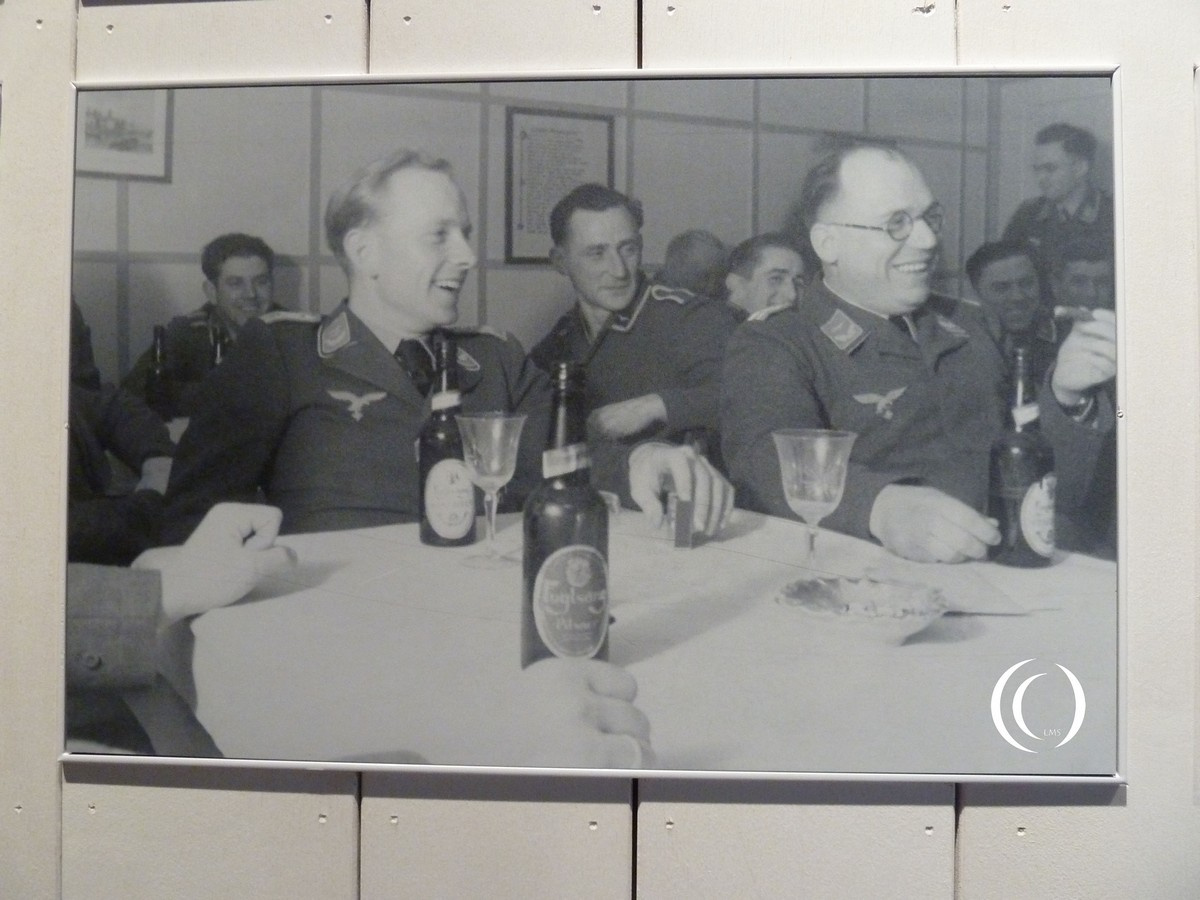
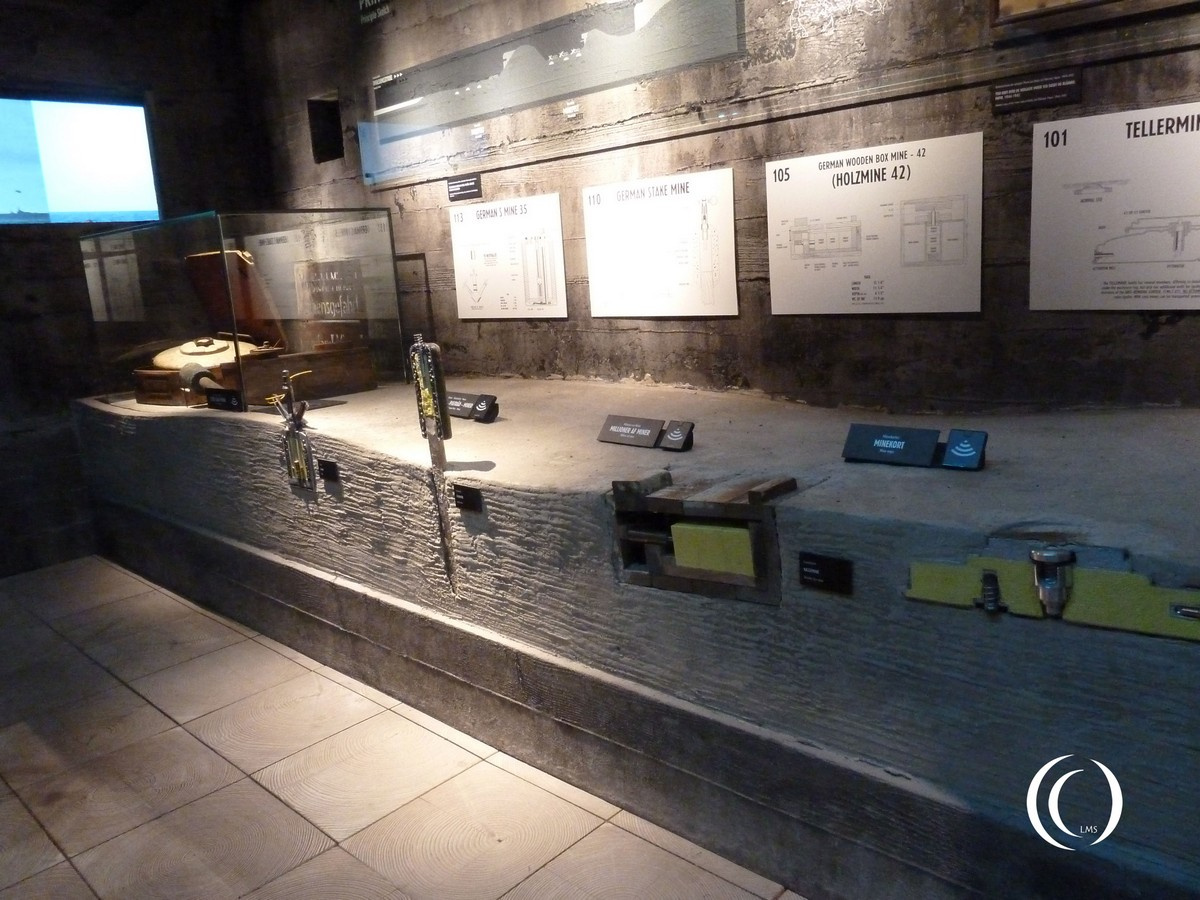
Visit
The museum has a collection of items from WW2 next to Viking Age and pre historic age displays. There are images of how the fully operational bunker should have looked like if completed. The museum Is called the Tirpitz museum and can be found near the Danish town of Oksby in the Blavand area north of Esbjerg. Check out the museum website for opening hours.
Excellent photos and information as always, very interesting.